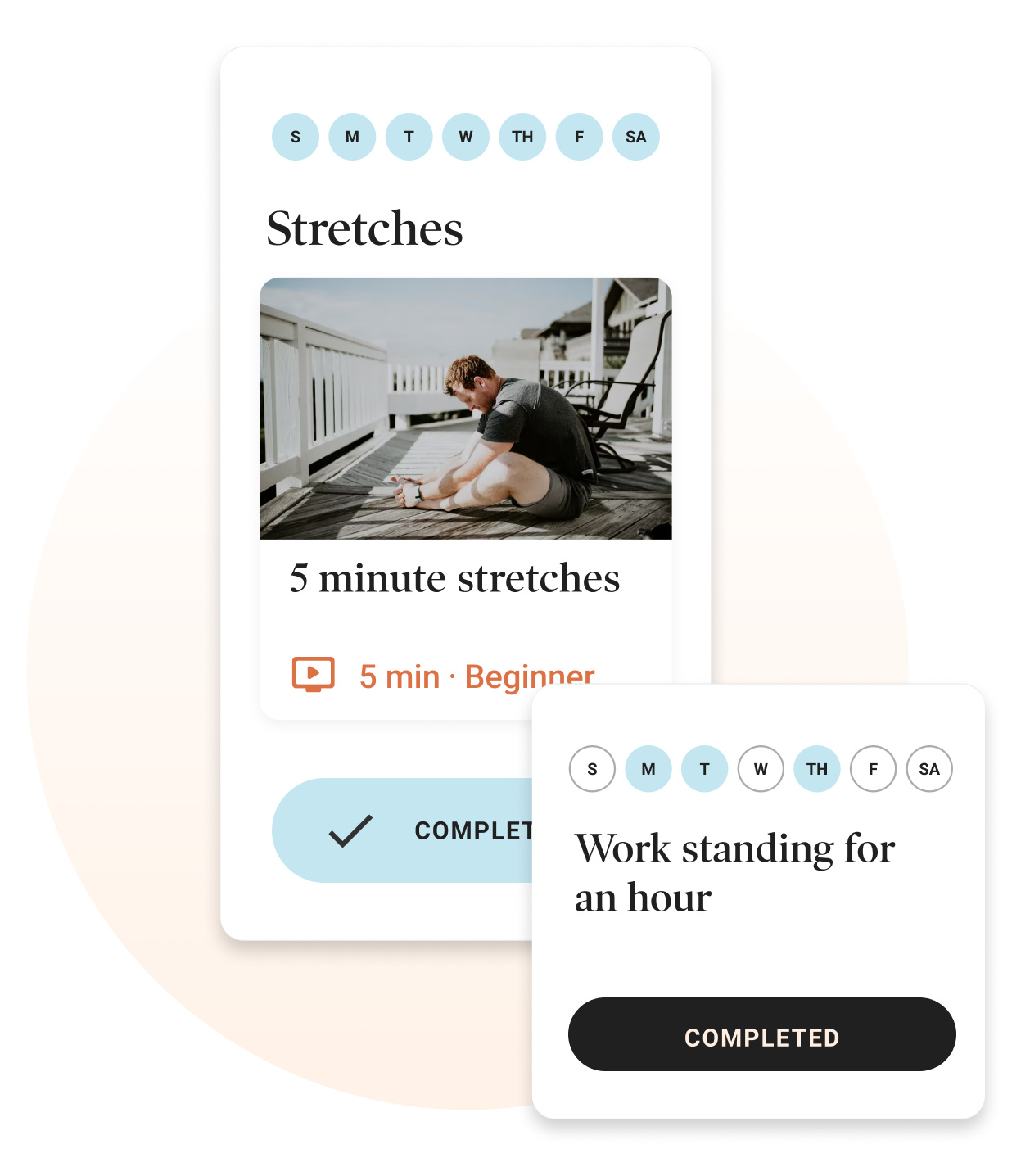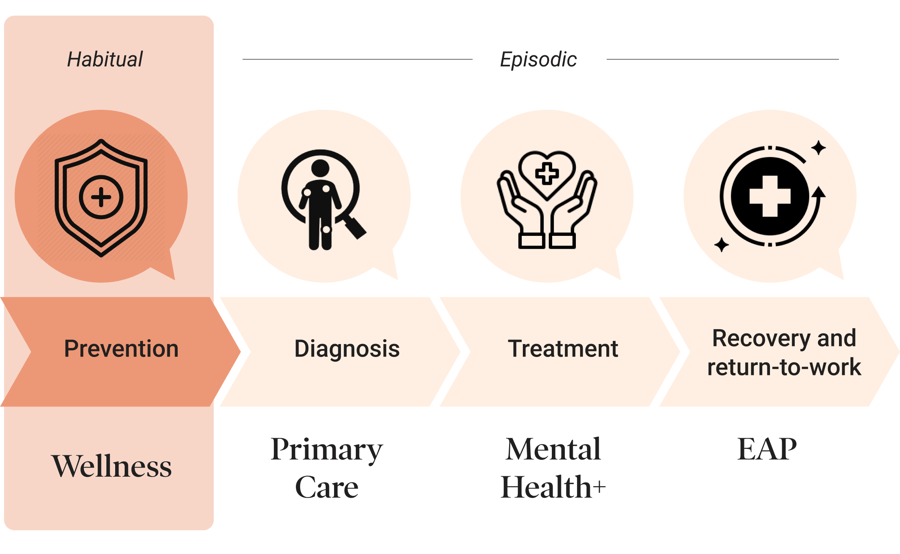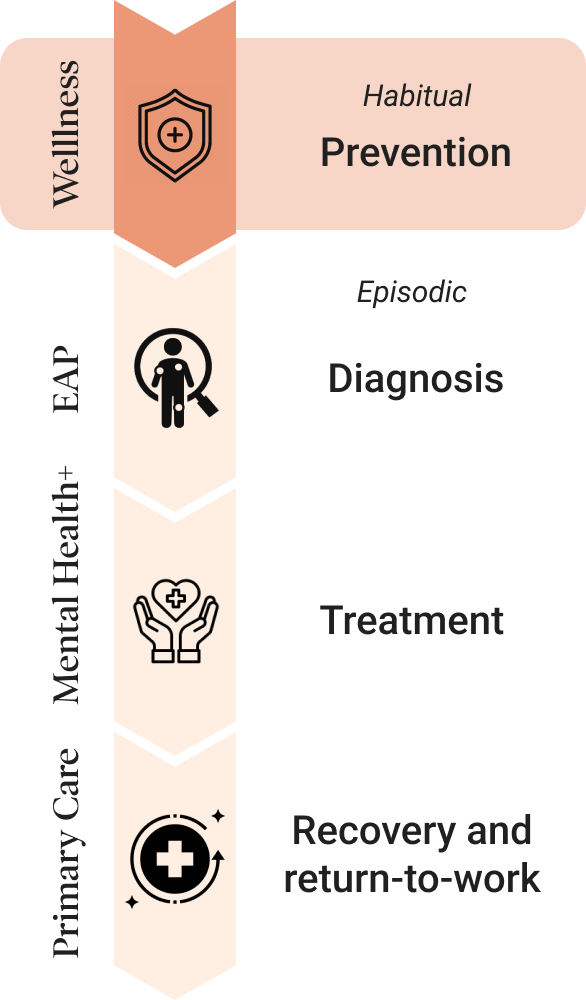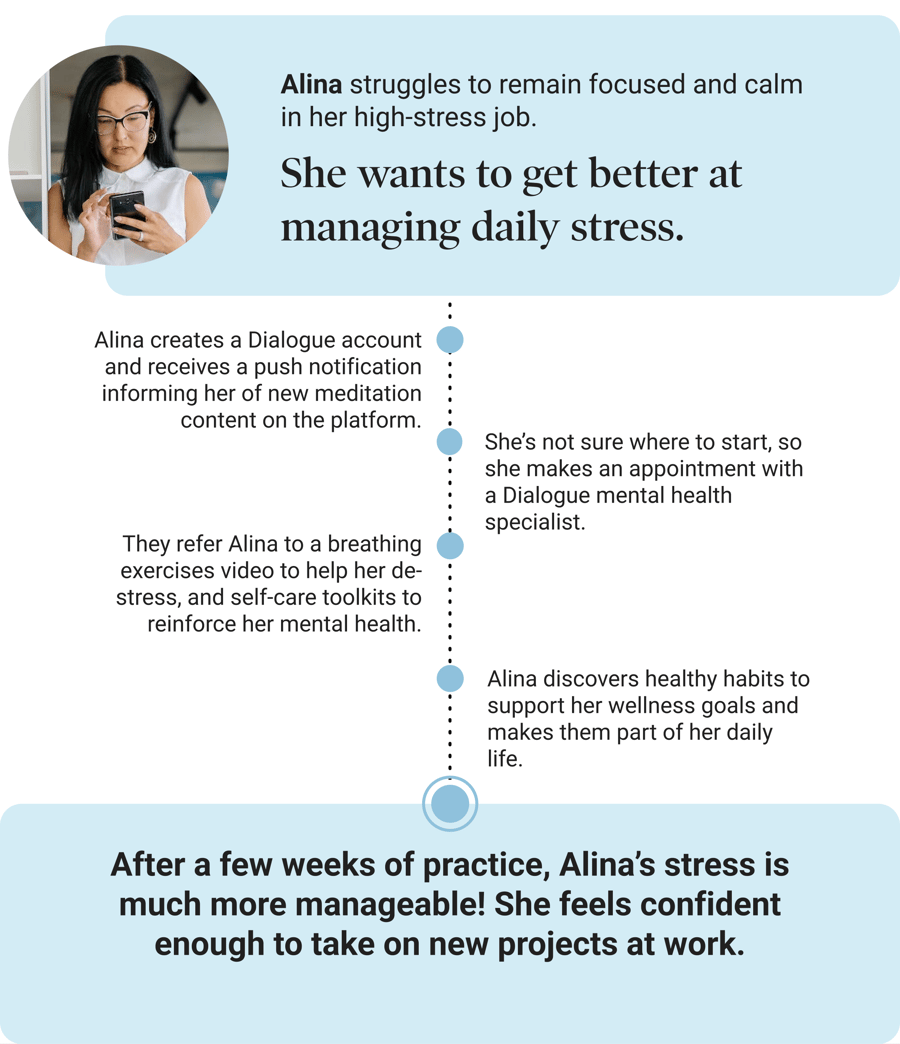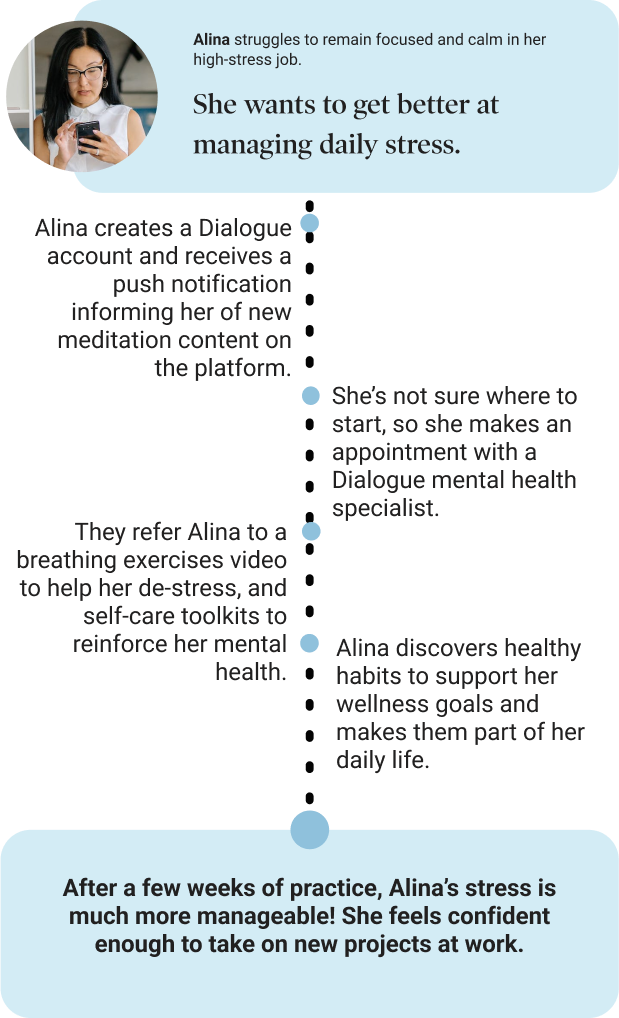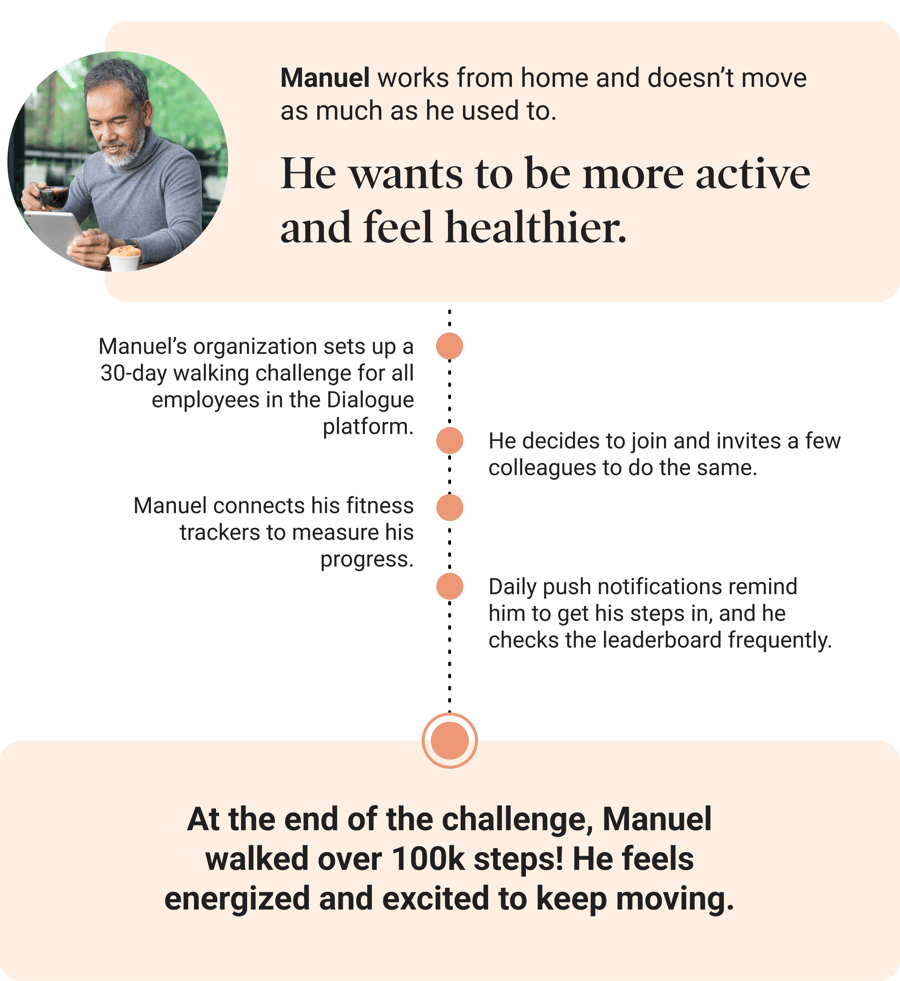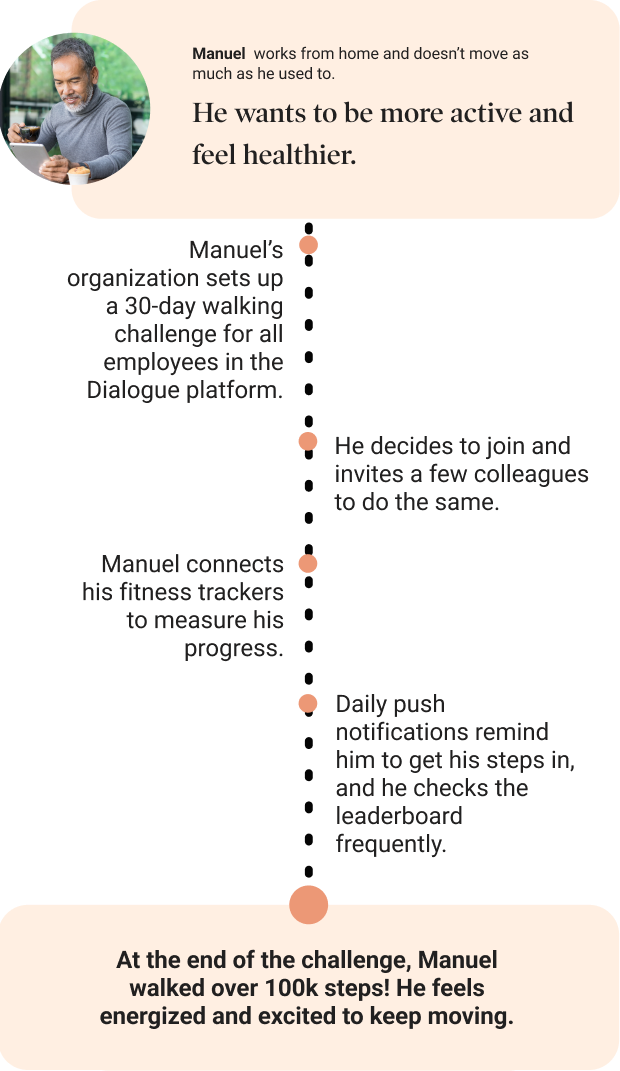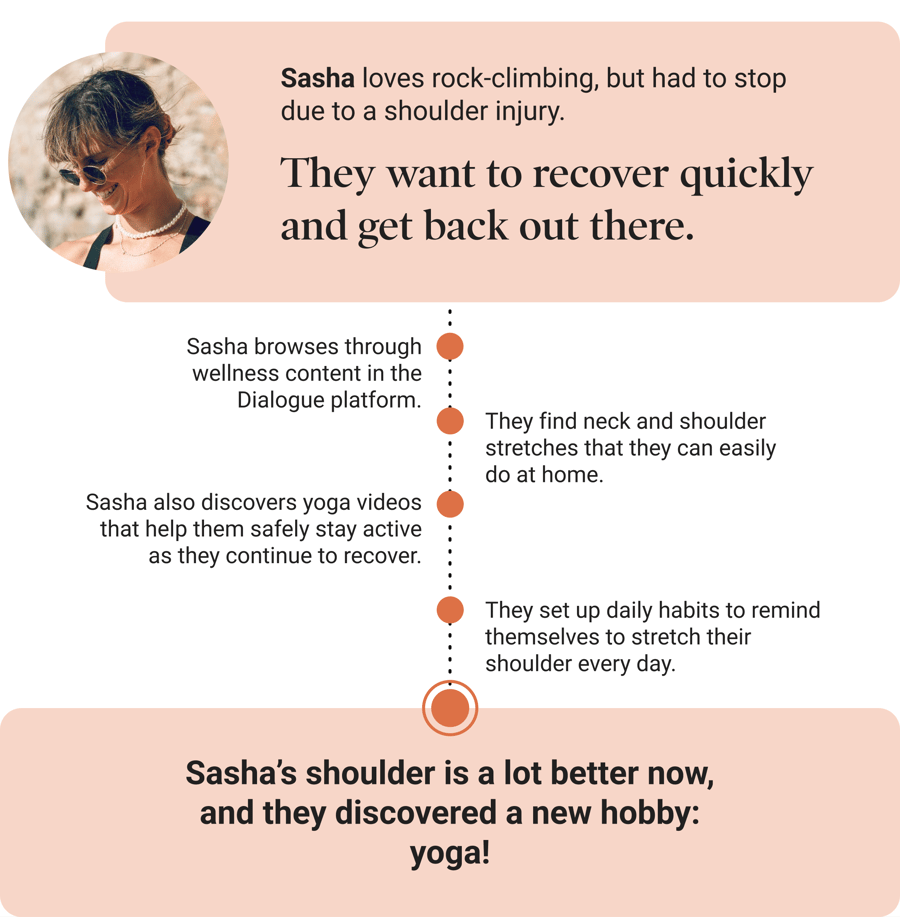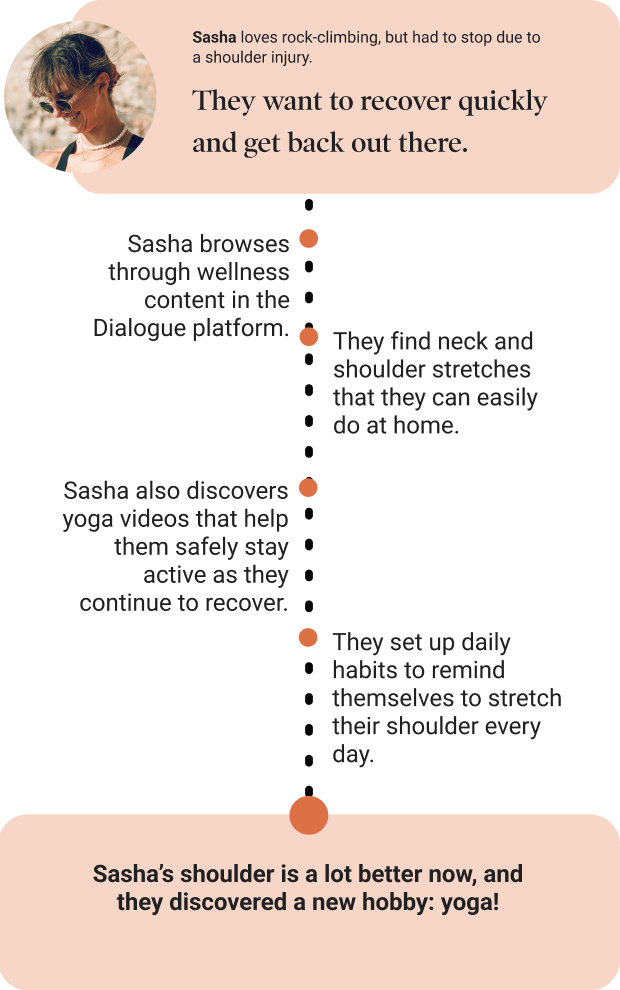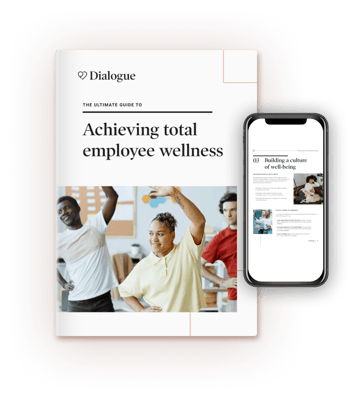%20opt.jpg)
Encourage healthy daily habits
By empowering employees to adopt healthier habits and work towards meaningful behaviour change, you can help delay the onset of chronic conditions, improve mental and physical fitness, and boost productivity in the long term.
- Advocate for regular, active breaks, like stretching, walking, or spending time outside.
- Discourage working outside normal hours, to give employees enough time to prioritize physical activity.
- Help employees manage their workload to minimize stress and prevent burnout.

Foster a sense of community
If you want your employees to feel more engaged and less isolated, building a sense of belonging is crucial.
- Create opportunities for social interactions, whether it's through remote coffee chats or company-wide events, like team wellness challenges.
- Encourage employees to share their thoughts and ideas openly, and create an environment where people feel comfortable giving and receiving feedback.
- Focus on building trust by being transparent and consistent in your communication with employees.
%20opt.jpg)
Promote work-life balance and flexibility
Flexibility is a top priority for employees. It lets them manage their other commitments, strike a better work-life balance, and work where they’re most productive, whether that’s at home, in the office, or on the go.
As an employer, offering work flexibility gives you a leg up on the competition. It will help you attract talent and lead to greater employee satisfaction, ensuring you’ll be able to retain your hard-won employees.
%20opt.jpg)
Provide the right wellness
support
Wellness benefits that focus on prevention – as well as treatment – can help Canadians prevent or delay more serious issues, and feel happier and healthier in the long run. At the same time, employers can decrease the costs related to chronic conditions, disability, employee turnover, and more.





 Canada (EN)
Canada (EN)
 Global (EN)
Global (EN)
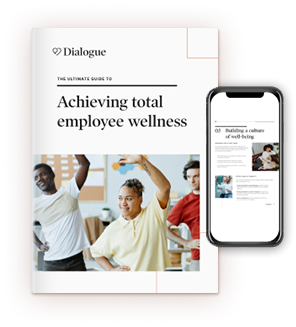






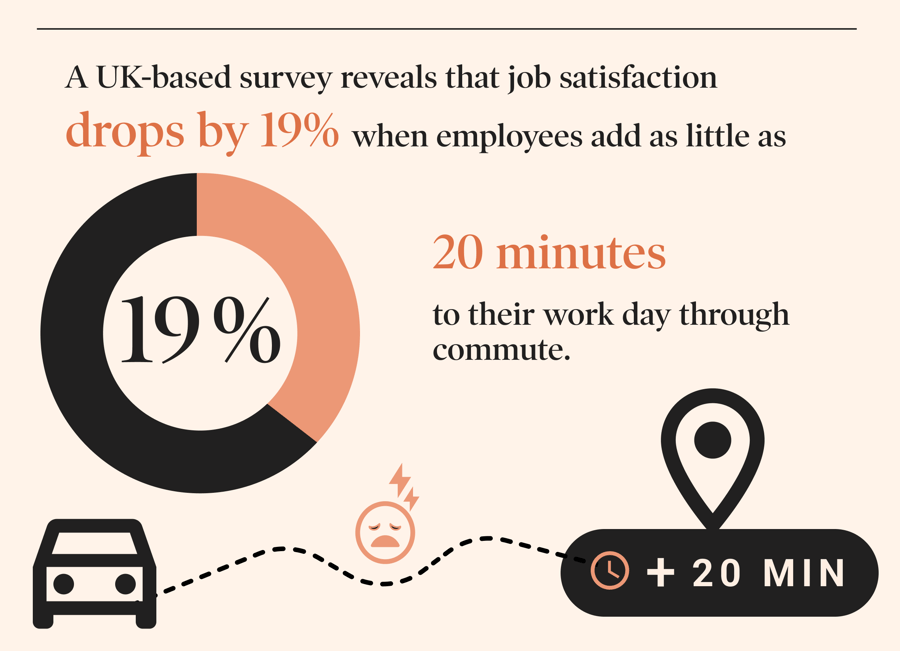
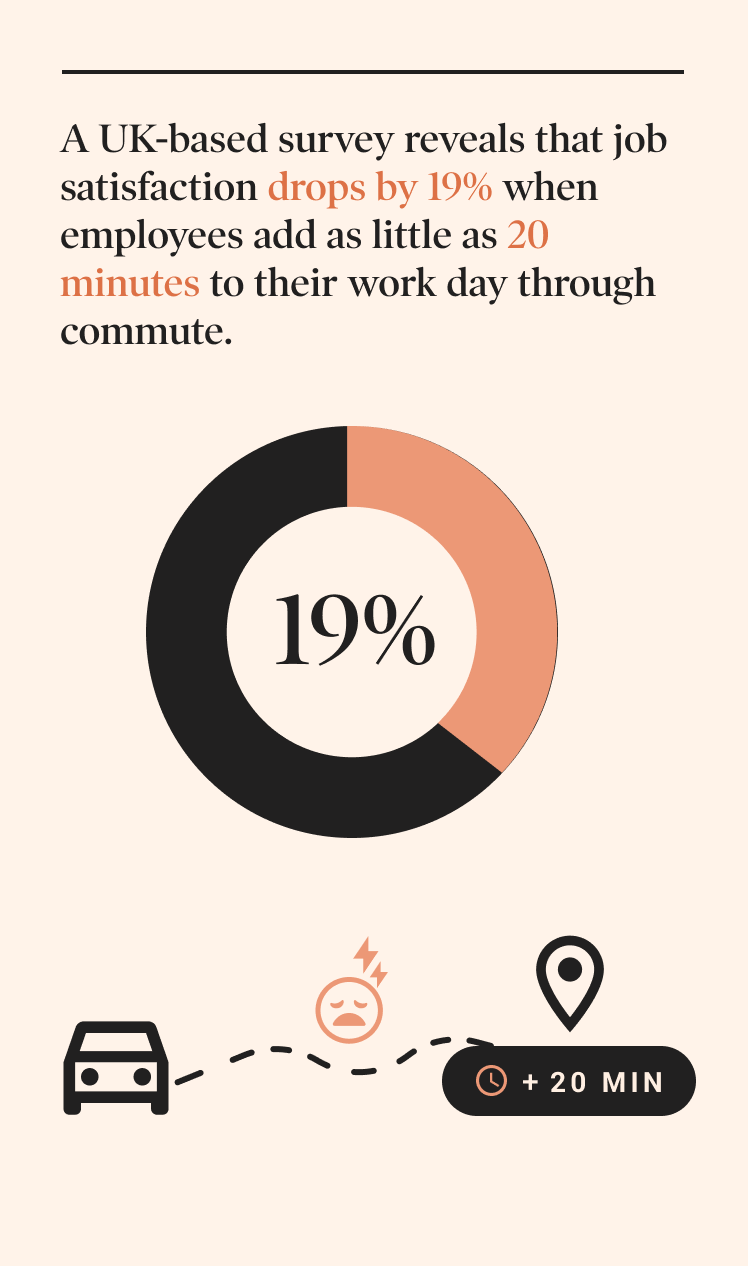
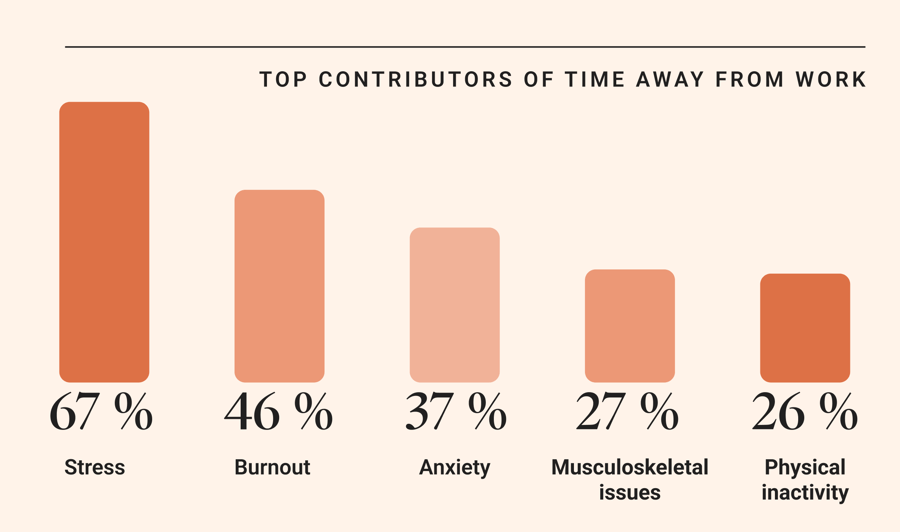
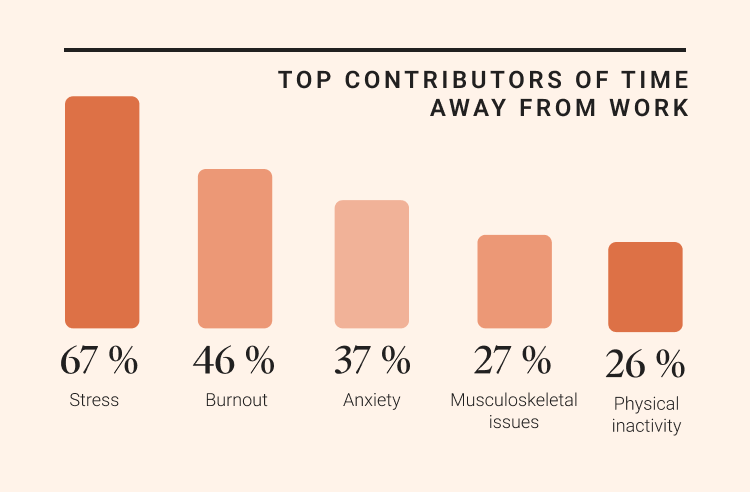
%20opt.jpg)

%20opt.jpg)
%20opt.jpg)
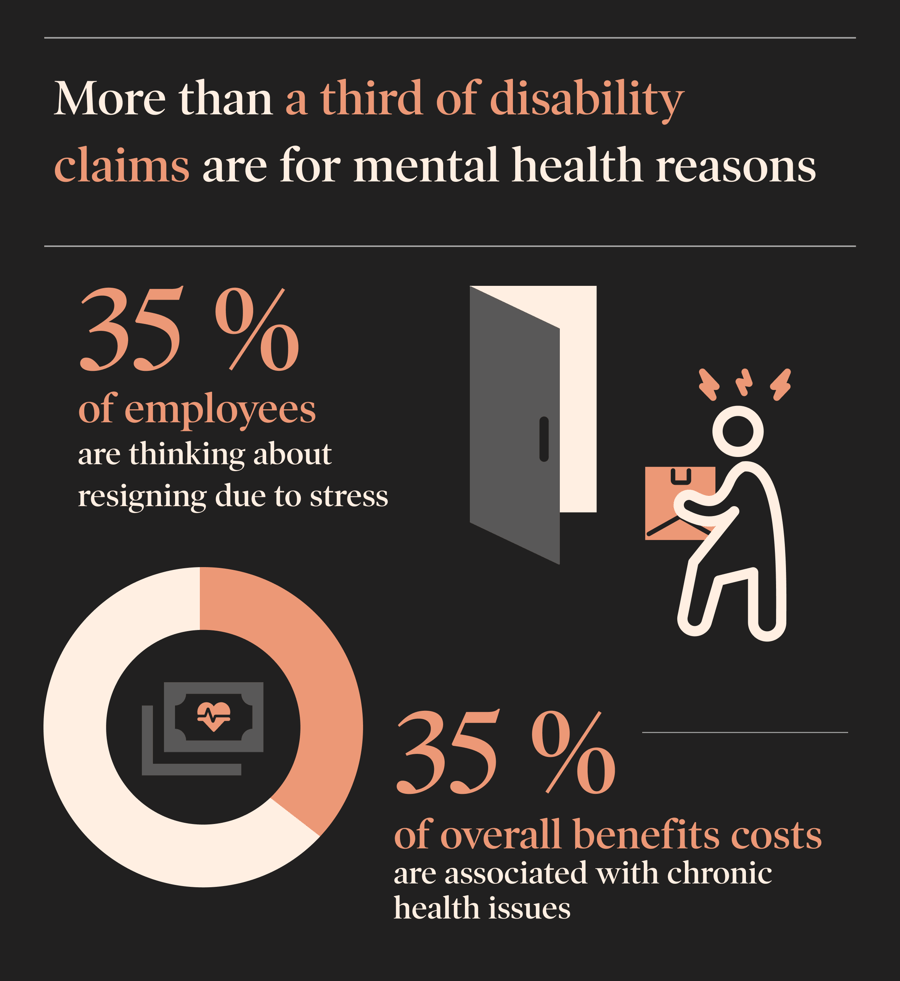
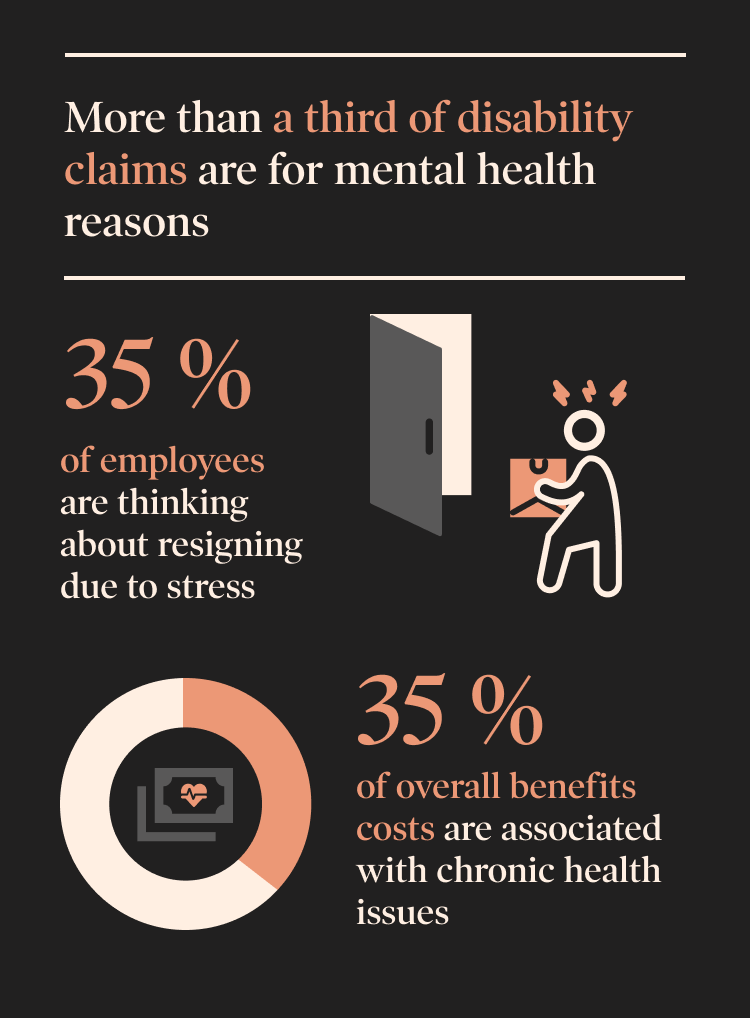
.jpg)

.png?width=484&height=545&name=pexels-marcus-aurelius-4064639%204%20(1).png)




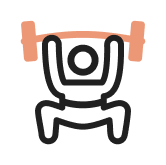
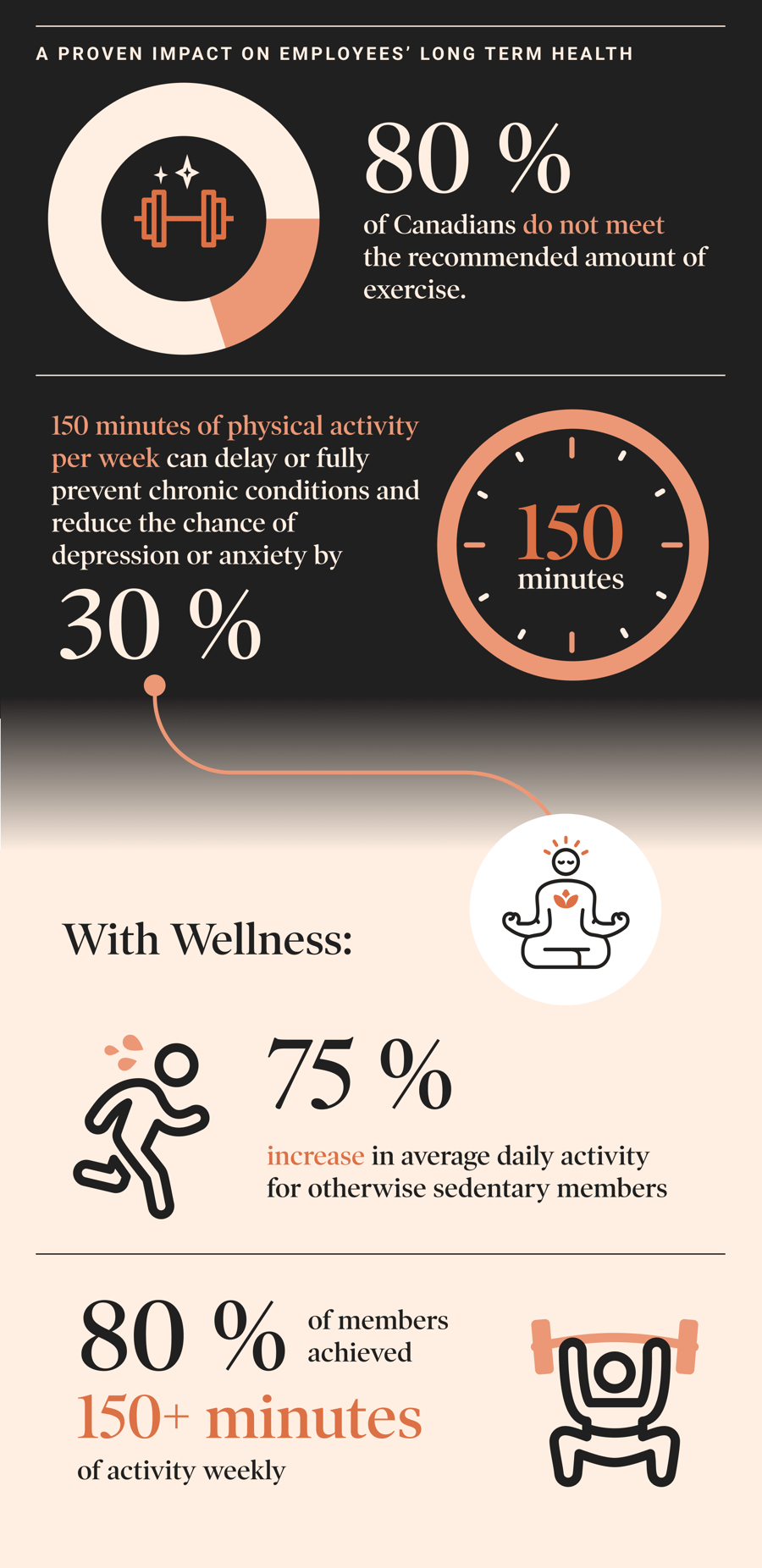

.jpg)
